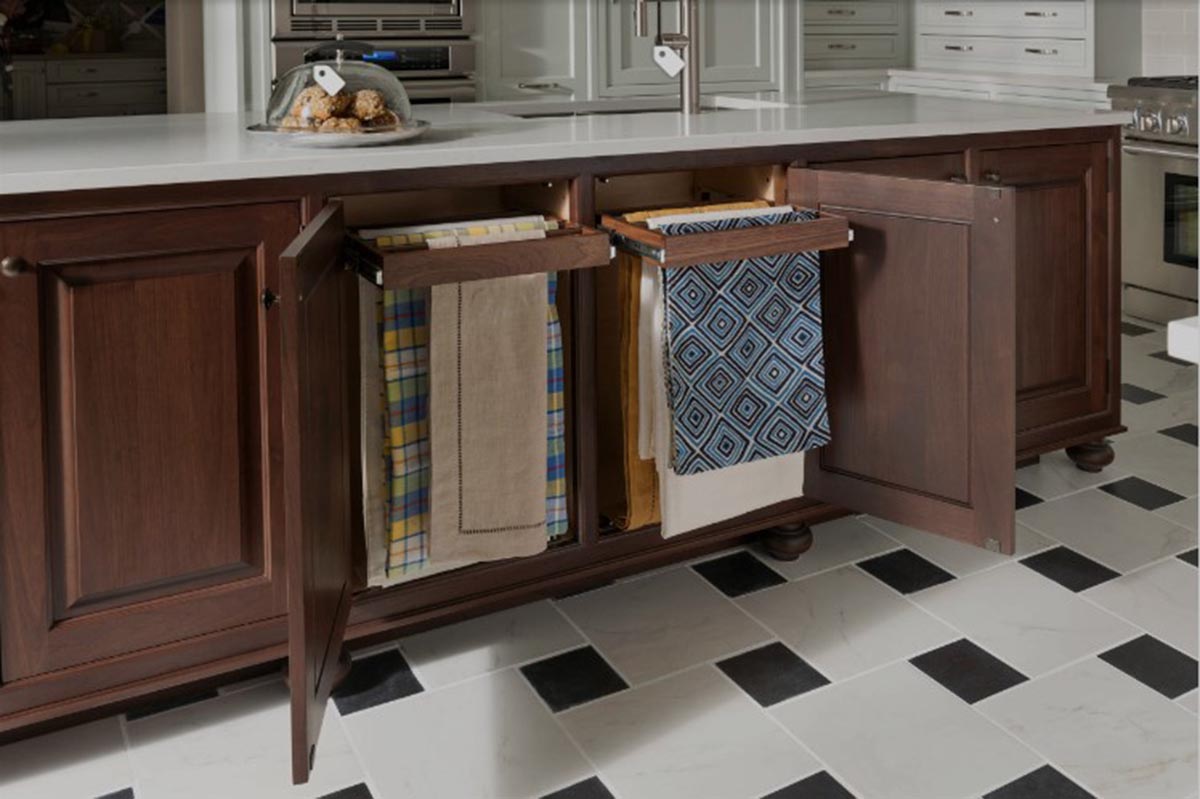

Tableware
How To Store Linen Tablecloths
Modified: February 24, 2024
Learn how to properly store your linen tablecloths and keep your tableware in pristine condition. Follow these tips to protect and preserve your linens for years to come.
(Many of the links in this article redirect to a specific reviewed product. Your purchase of these products through affiliate links helps to generate commission for Storables.com, at no extra cost. Learn more)
Introduction
Welcome to this comprehensive guide on how to store linen tablecloths. Linen tablecloths are a beautiful and elegant addition to any dining experience. Whether you use them for special occasions or everyday meals, proper storage is essential to keep them looking their best for years to come.
When it comes to tableware, linen is a popular choice due to its durability and timeless appeal. However, if not stored correctly, linen tablecloths can be prone to wrinkles, staining, and damage. That’s why it’s crucial to follow the right techniques and use suitable storage options to maintain the quality and appearance of your linen tablecloths.
In this article, we will explore the proper cleaning and drying techniques for linen tablecloths, as well as the best folding and storing methods to avoid creases and preserve the fabric’s integrity. We will also discuss different storage options available and provide tips for maintaining linen tablecloths in top condition.
So, whether you’re a tableware enthusiast or someone looking to extend the lifespan of your linen tablecloths, read on to discover how to store them with care and keep them looking as good as new.
Key Takeaways:
- Proper storage and maintenance are crucial for preserving the beauty and elegance of linen tablecloths. Follow the right cleaning, folding, and storing techniques to ensure they remain in excellent condition for years to come.
- Choosing the right storage option, inspecting for stains, and handling with care are essential for maintaining linen tablecloths. By following these tips, you can enjoy their beauty and sophistication for many memorable occasions.
Read more: How To Store Tablecloths
Proper Cleaning and Drying Techniques
Before storing your linen tablecloths, it’s essential to ensure they are clean and free from any stains or debris. Here are the proper cleaning and drying techniques to follow:
- Pre-treat stains: Before washing your linen tablecloth, pre-treat any visible stains to increase the chances of successful removal. Use a stain remover or a mixture of mild detergent and water to gently dab on the affected area. Let it sit for a few minutes before proceeding to the next step.
- Machine wash: Most linen tablecloths can be machine washed, but it’s important to check the care label for any specific instructions. Use a gentle cycle with cold or lukewarm water to prevent shrinkage or damage to the fabric. Avoid using bleach or harsh detergents as they can weaken the fibers and cause discoloration.
- Hang to dry: After washing, avoid using the dryer and opt for air drying instead. This helps prevent excessive wrinkling and shrinkage. Hang the linens outside or in a well-ventilated area away from direct sunlight. Smooth out any wrinkles by gently pulling and straightening the fabric.
- Iron if necessary: If your linen tablecloth has stubborn wrinkles, you can use a steam iron to remove them. Set the iron to a low or medium heat setting suitable for linen. Place a clean cloth or press cloth over the tablecloth and iron the fabric using light pressure. Do not press directly on any embroidered or decorative elements.
Following these cleaning and drying techniques will ensure that your linen tablecloths are fresh, clean, and ready to be stored.
Folding and Storing Linen Tablecloths
Proper folding and storage play a crucial role in preserving the quality and appearance of linen tablecloths. Here are some tips to help you fold and store your linens effectively:
- Smooth out wrinkles: Before folding, make sure your linen tablecloth is properly ironed or smoothed out to remove any wrinkles. This will help prevent permanent creases during storage.
- Choose the right folding method: There are several folding methods you can use for your linen tablecloths. One popular technique is the flat fold method. Lay the tablecloth flat on a clean surface and fold it in half lengthwise. Then, fold it in half widthwise and continue folding until you have a compact rectangular shape.
- Protect delicate embellishments: If your linen tablecloth has delicate embroidery or embellishments, consider placing a layer of acid-free tissue paper or muslin fabric between the folds. This extra layer of protection will help prevent any damage or snagging.
- Store in a breathable container: Avoid storing your linen tablecloths in plastic bags or airtight containers as they can trap moisture and lead to mildew or musty odors. Instead, opt for breathable storage options such as cotton storage bags or acid-free cardboard boxes. These containers allow air circulation and help keep your linens fresh.
- Avoid hanging: While it may be tempting to hang your linen tablecloths, it’s generally not recommended as it can cause stretching and distortion over time. Folding and storing the linens flat is the best way to maintain their shape and prevent unnecessary strain on the fabric.
By following these folding and storing techniques, you can keep your linen tablecloths in excellent condition and ready to use for your next special occasion.
Store linen tablecloths in a cool, dry place away from direct sunlight to prevent yellowing and discoloration. Avoid storing them in plastic bags, as this can trap moisture and lead to mildew. Instead, use a breathable fabric storage bag or acid-free tissue paper to protect the fabric.
Choosing the Right Storage Option
When it comes to storing linen tablecloths, choosing the right storage option is crucial in maintaining their quality and prolonging their lifespan. Here are some tips to help you select the best storage option for your linens:
- Cotton storage bags: Consider storing your linen tablecloths in cotton storage bags. Cotton is a breathable material that allows air circulation and helps prevent moisture build-up. Look for bags that are large enough to accommodate your folded tablecloths without excessive folding or cramming.
- Acid-free cardboard boxes: Acid-free cardboard boxes are another great storage option for linen tablecloths. These boxes are specifically designed to prevent acid migration, which can cause discoloration and deterioration of the fabric over time. Make sure the boxes are clean and dry before placing your tablecloths inside.
- Shelves or drawers: If you have enough storage space in your linen closet or cupboard, consider dedicating a shelf or drawer specifically for your linen tablecloths. Make sure the area is clean and dry, and avoid placing heavy items on top of your folded linens to prevent unnecessary pressure and wrinkling.
- Temperature-controlled storage: Extreme temperature fluctuations and high humidity can negatively impact the quality of linen tablecloths. If you have access to temperature-controlled storage, such as a climate-controlled room or closet, it can help maintain optimal conditions for your linens.
- Labeling: It’s a good idea to label your storage containers, especially if you have multiple linen tablecloths. This makes it easier to locate specific linens without rummaging through all your storage options. You can use labels or tags to indicate the size, color, or occasion associated with each tablecloth.
By choosing the right storage option and implementing proper labeling, you can ensure that your linen tablecloths are organized, well-protected, and easily accessible for any future use.
Tips for Maintaining Linen Tablecloths
Proper maintenance and care are essential for keeping your linen tablecloths in excellent condition. Here are some tips to help you maintain the beauty and longevity of your linens:
- Regularly inspect for stains: Before storing your tablecloths, carefully inspect them for any stains or spills. If you notice any, treat them immediately using a stain remover or a mixture of mild detergent and water.
- Store in a clean environment: Ensure that your storage area is clean and free from dust, dirt, or any potential contaminants. Regularly clean the storage containers or shelves where your tablecloths are stored to avoid transferring any unwanted particles onto the linens.
- Avoid exposure to direct sunlight: Prolonged exposure to direct sunlight can cause fading and discoloration of linen fabrics. Keep your tablecloths away from windows or any areas where they may be exposed to sunlight for long periods.
- Rotate your linens: To avoid excessive wear on a few specific tablecloths, consider rotating them regularly. This will allow for more even usage and help extend their overall lifespan.
- Spot clean as needed: If you have small spills or stains on your tablecloths during use, spot clean them immediately using a damp cloth and mild detergent. This will help prevent the stain from setting in and making it easier to remove during the regular cleaning process.
- Avoid using excessive heat: When ironing your linen tablecloths, use a low to medium heat setting. Linen is a delicate fabric and can scorch or shrink when exposed to excessive heat. Always follow the ironing instructions specific to linen fabrics.
- Handle with care: When handling your linen tablecloths, be gentle and avoid pulling or tugging on delicate seams or embellishments. Treat them with care to prevent any accidental damage.
- Refresh before use: Before using your stored linen tablecloths, give them a gentle shake or airing. This will help remove any minor wrinkles that may have formed during storage and ensure they are ready to use for your next special occasion.
By following these tips, you can effectively maintain your linen tablecloths and enjoy their beauty and elegance for many years to come.
Read more: How To Store Tablecloths Without Wrinkling
Conclusion
Storing linen tablecloths properly is essential for preserving their quality and extending their lifespan. By following the proper cleaning and drying techniques, folding and storing methods, and choosing the right storage options, you can ensure that your linen tablecloths remain in excellent condition.
Remember to pre-treat any stains before washing, use gentle cycles and avoid harsh detergents when cleaning your linens. Hang them to dry or use low-heat ironing to remove wrinkles. Fold your tablecloths using suitable methods, protect delicate embellishments, and store them in breathable containers. Avoid hanging your linens and opt for cotton bags or acid-free cardboard boxes.
Additionally, maintaining linen tablecloths is equally important. Regularly inspect them for stains, store them in a clean environment, and avoid exposing them to direct sunlight. Rotate your linens to distribute wear evenly and spot clean as needed. Handle them with care and use low to medium heat when ironing to prevent damage. Finally, give them a refresh before each use to ensure they are ready for your next special occasion.
By following these tips, you can ensure that your linen tablecloths remain beautiful and elegant for years to come, ready to set the stage for memorable meals and events. Proper storage and maintenance will not only preserve the quality of your linens, but also enhance your dining experience, adding a touch of sophistication and charm to every occasion.
So go ahead, invest in high-quality linen tablecloths and take the time to store and care for them properly. The beauty and durability of linen combined with the proper storage techniques will allow you to enjoy your tablecloths for generations to come.
Happy table setting!
Frequently Asked Questions about How To Store Linen Tablecloths
Was this page helpful?
At Storables.com, we guarantee accurate and reliable information. Our content, validated by Expert Board Contributors, is crafted following stringent Editorial Policies. We're committed to providing you with well-researched, expert-backed insights for all your informational needs.
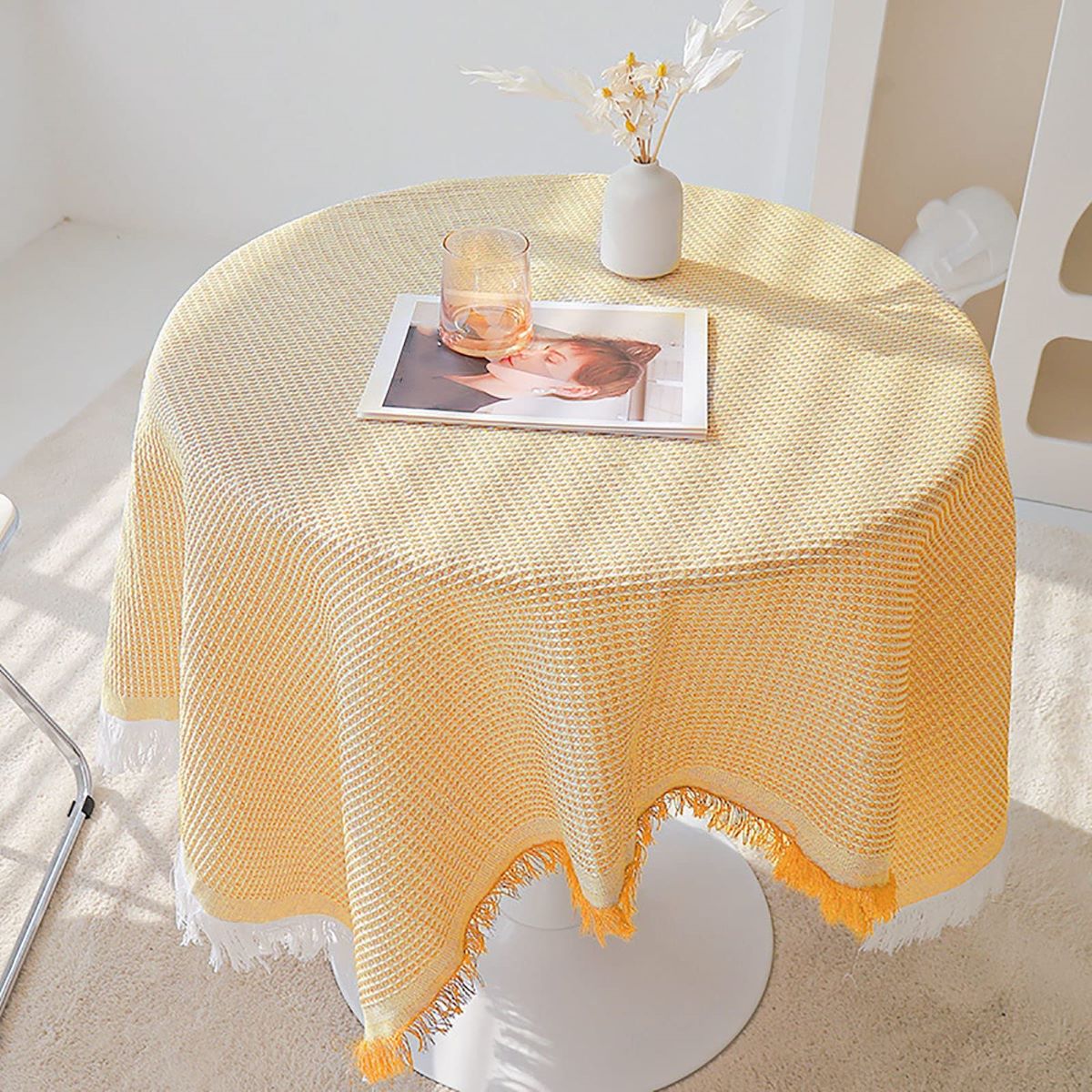
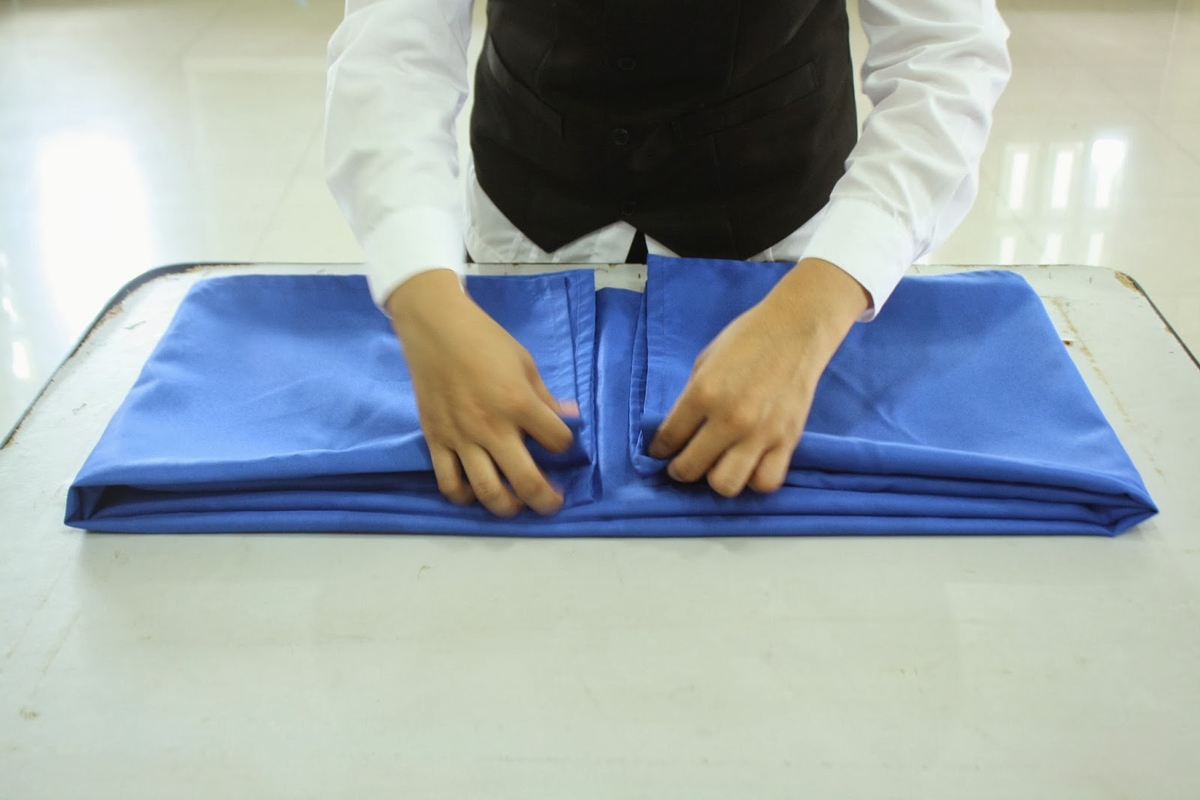
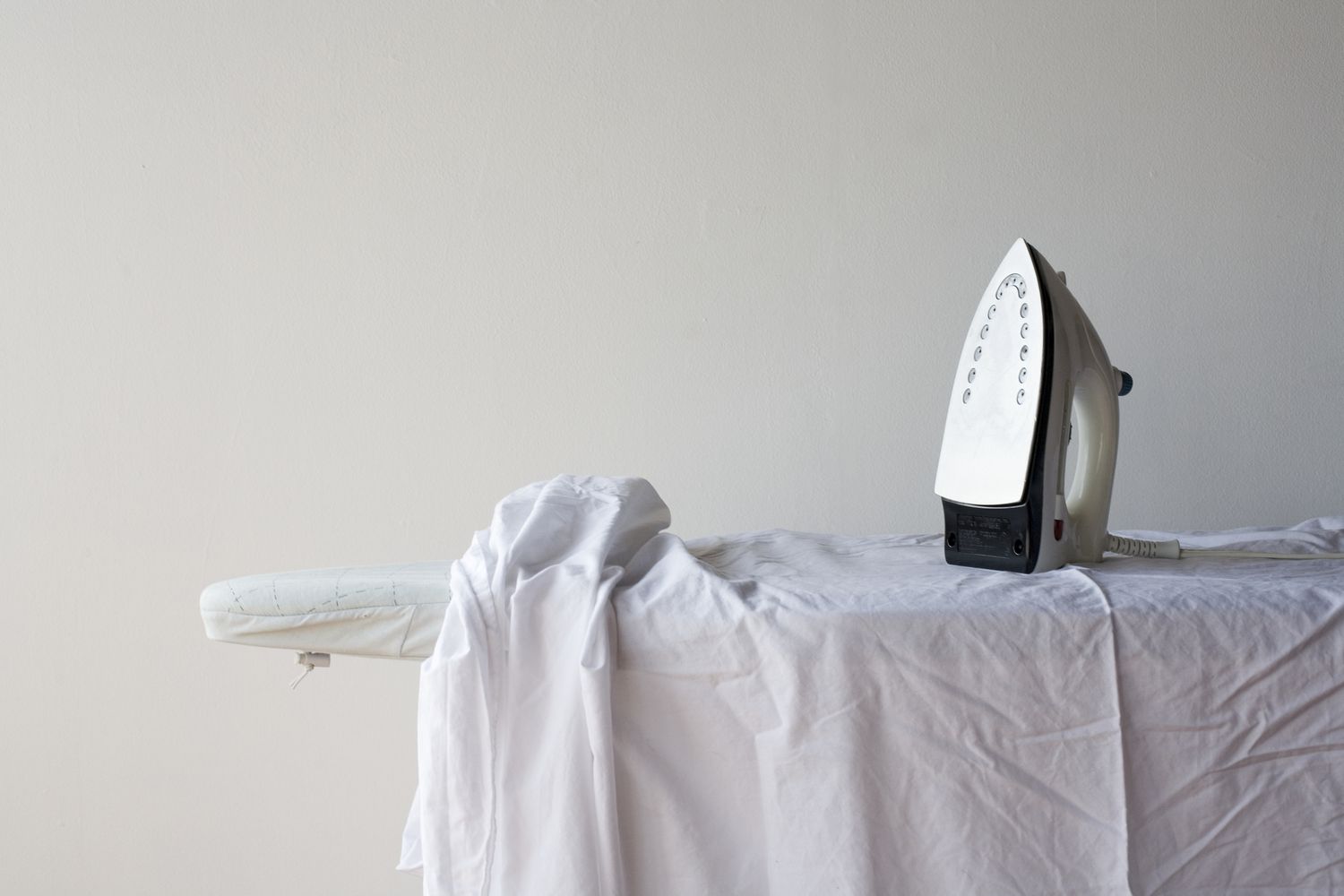
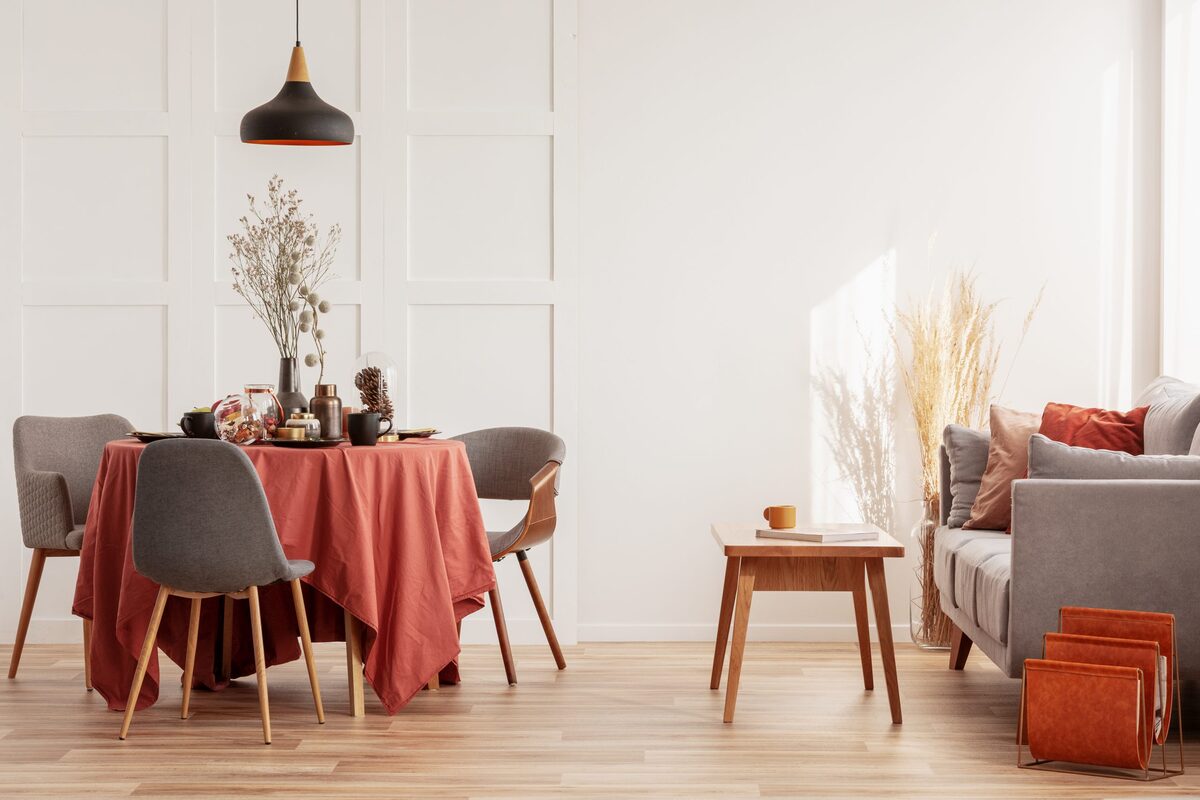
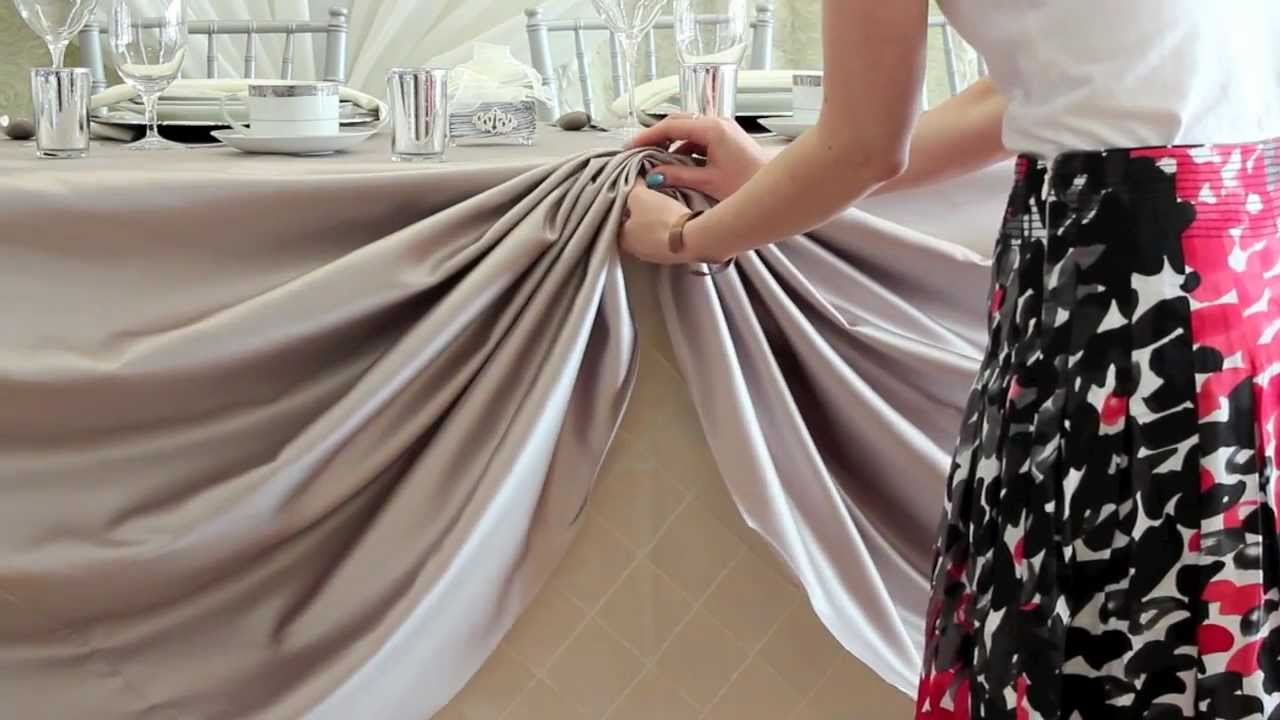
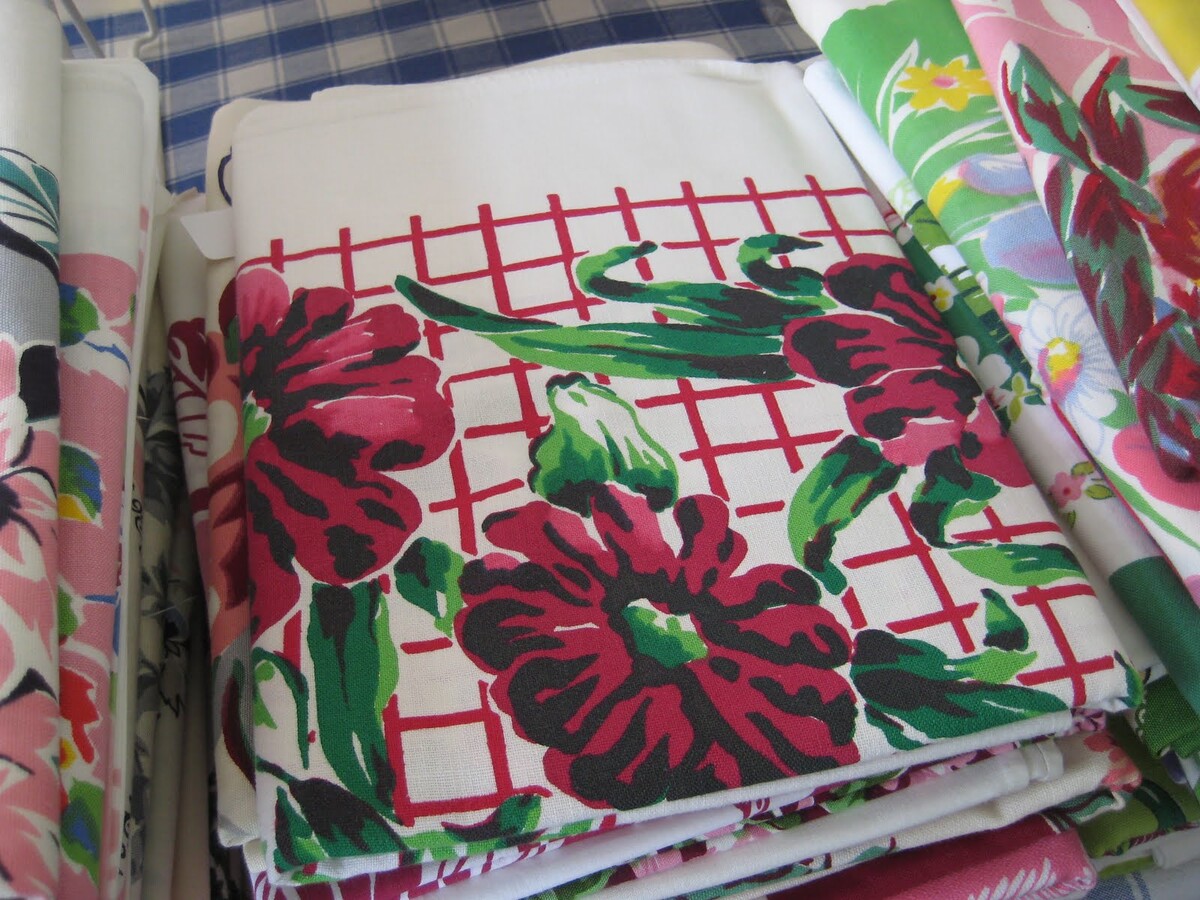
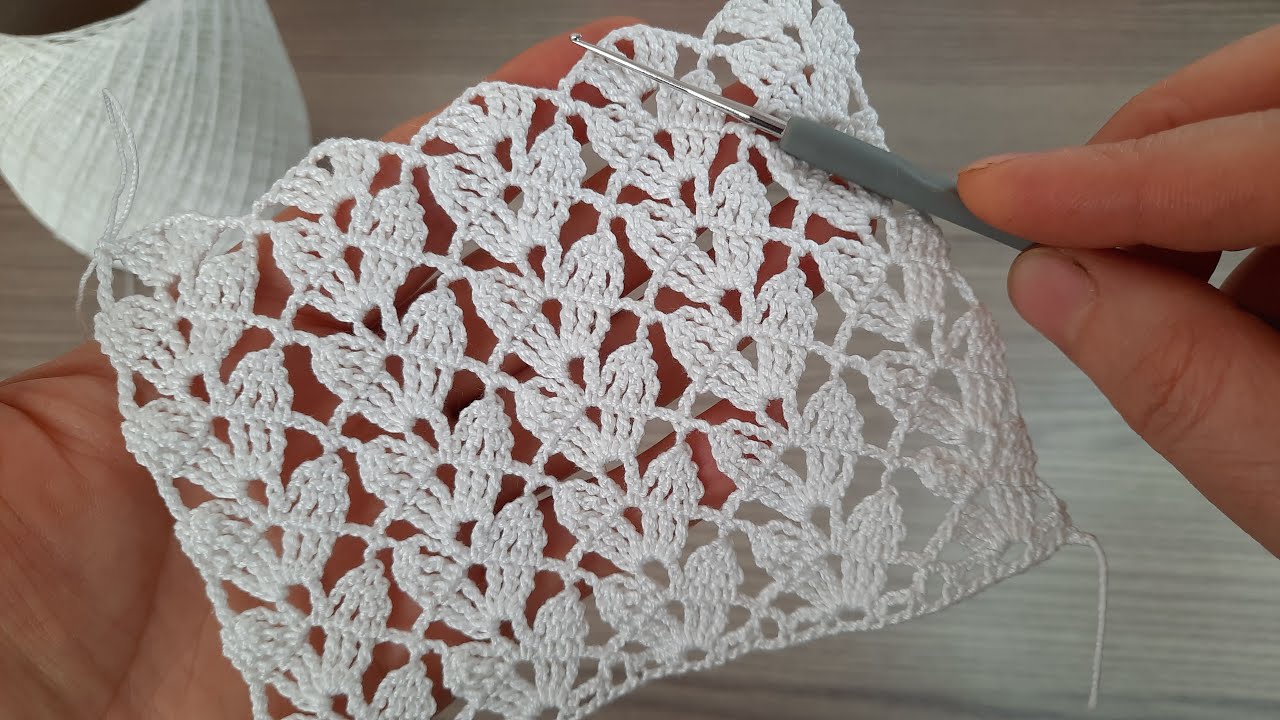
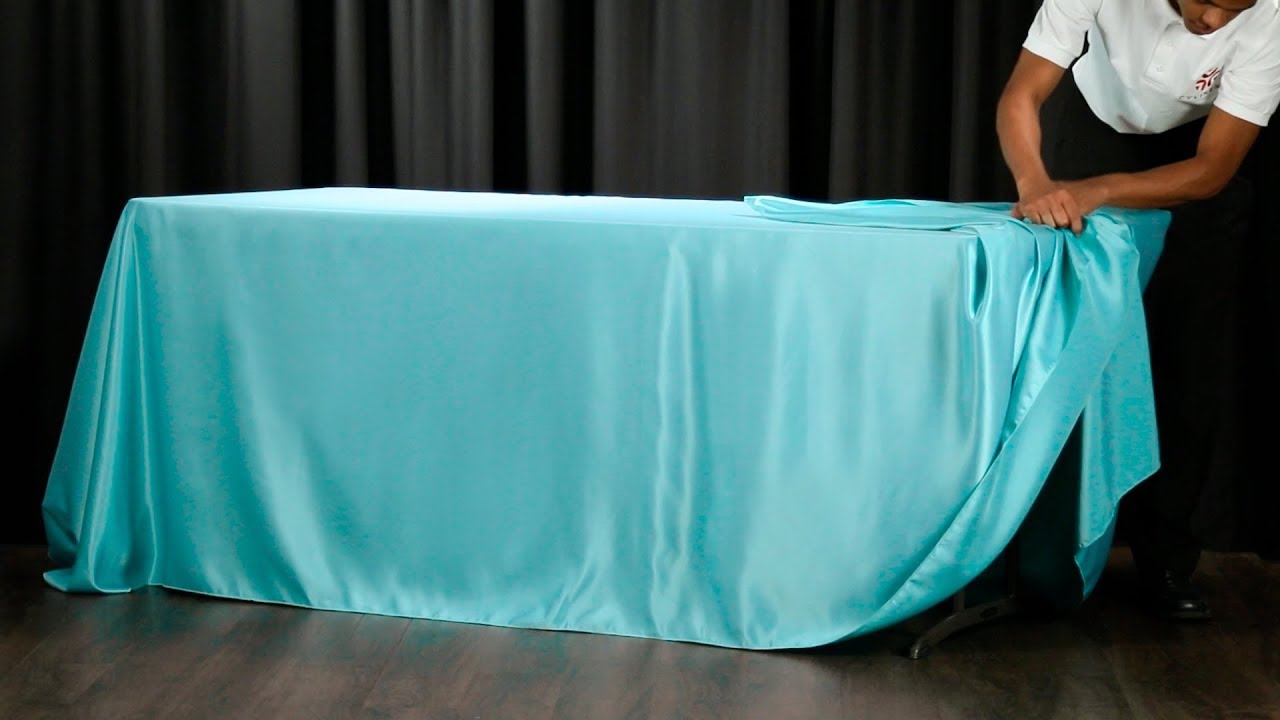
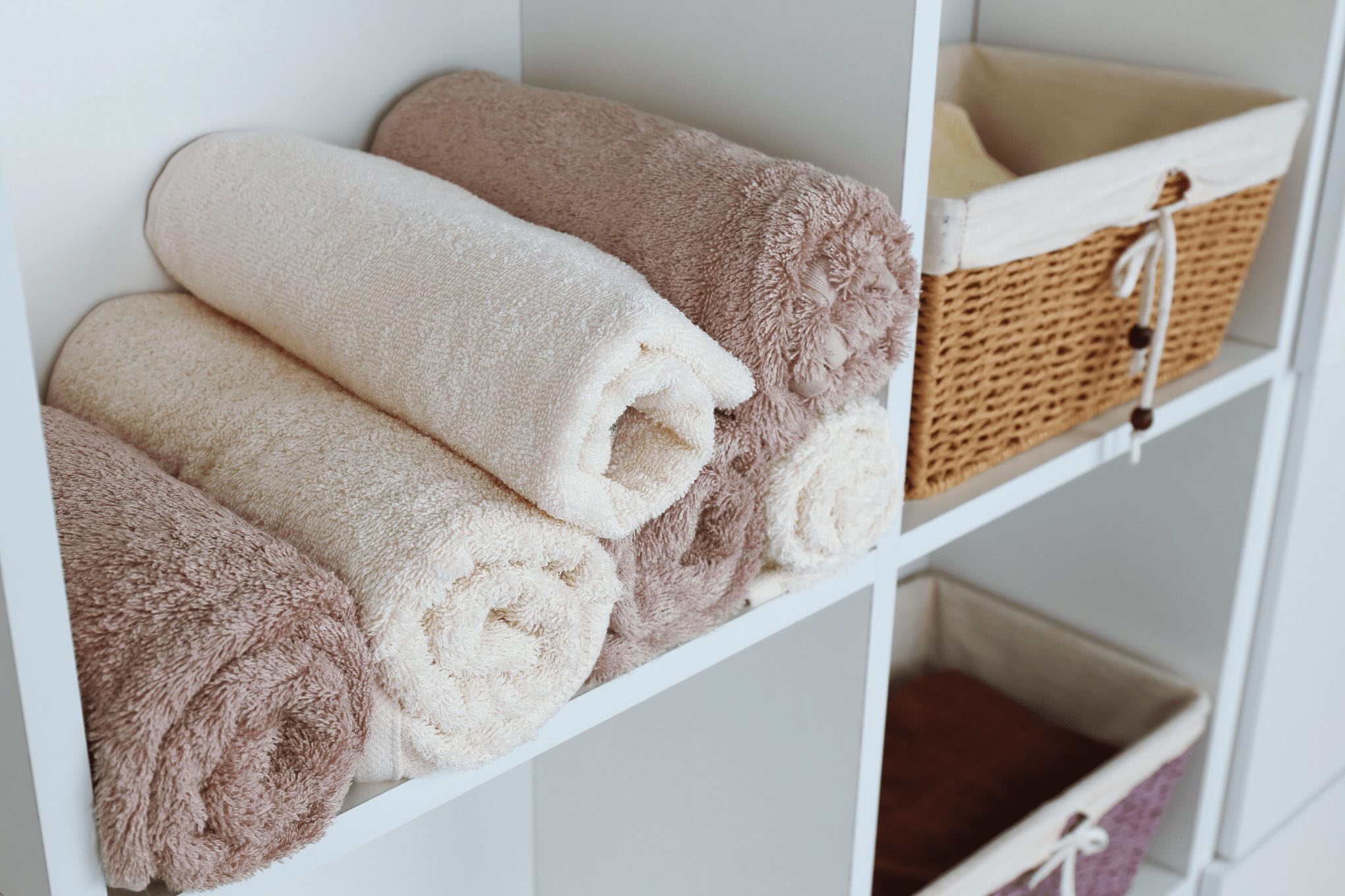
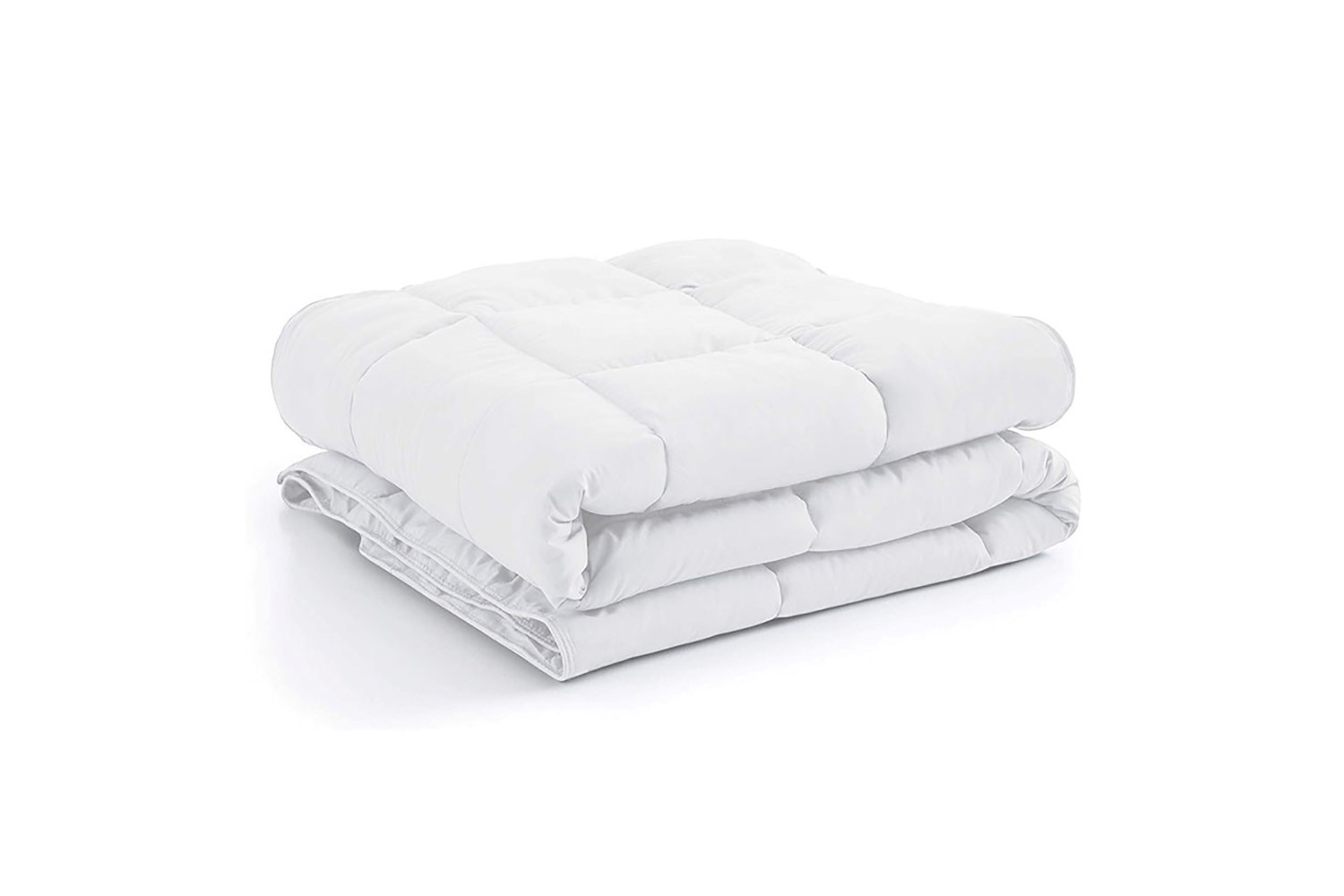
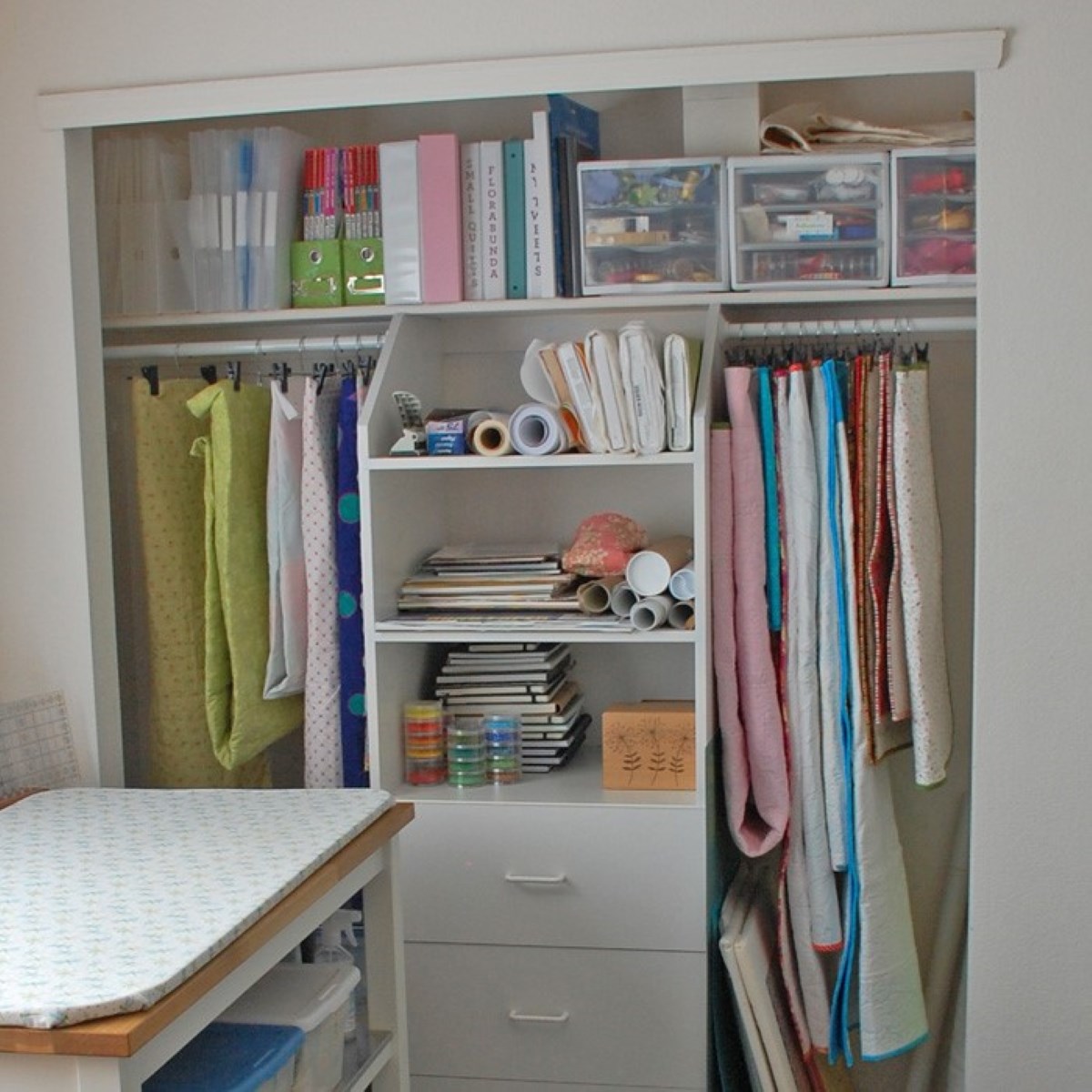
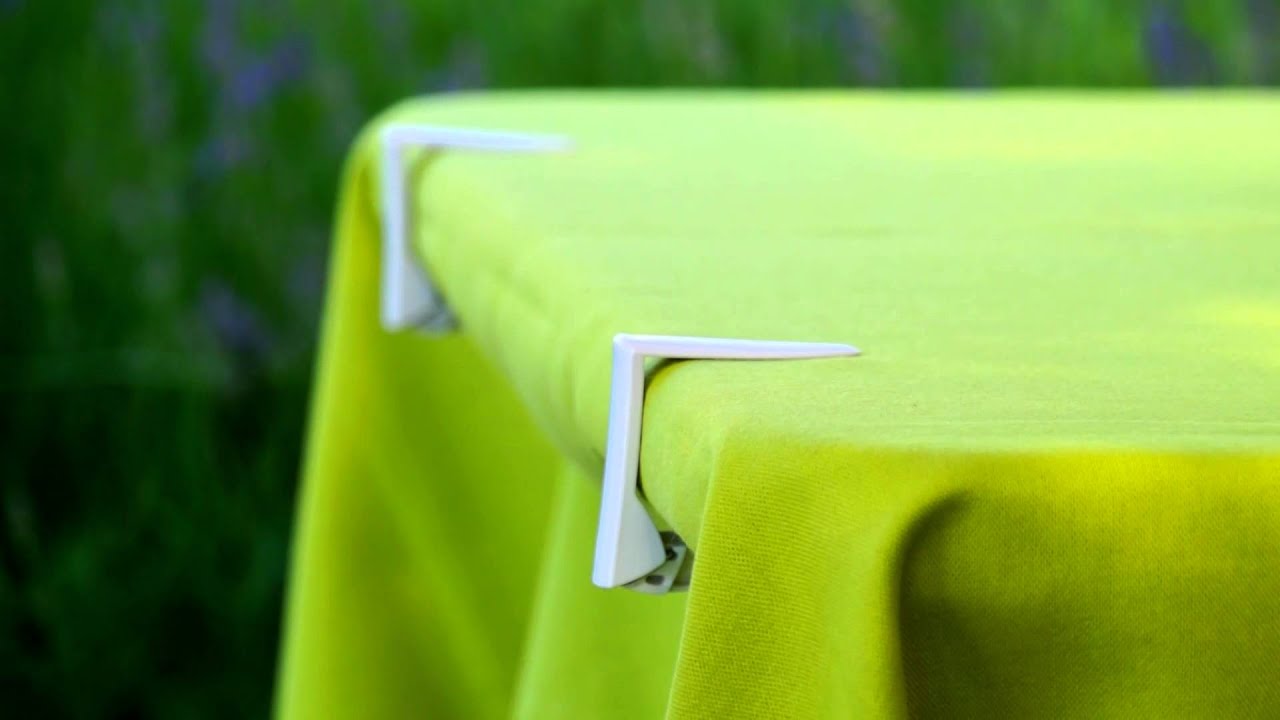
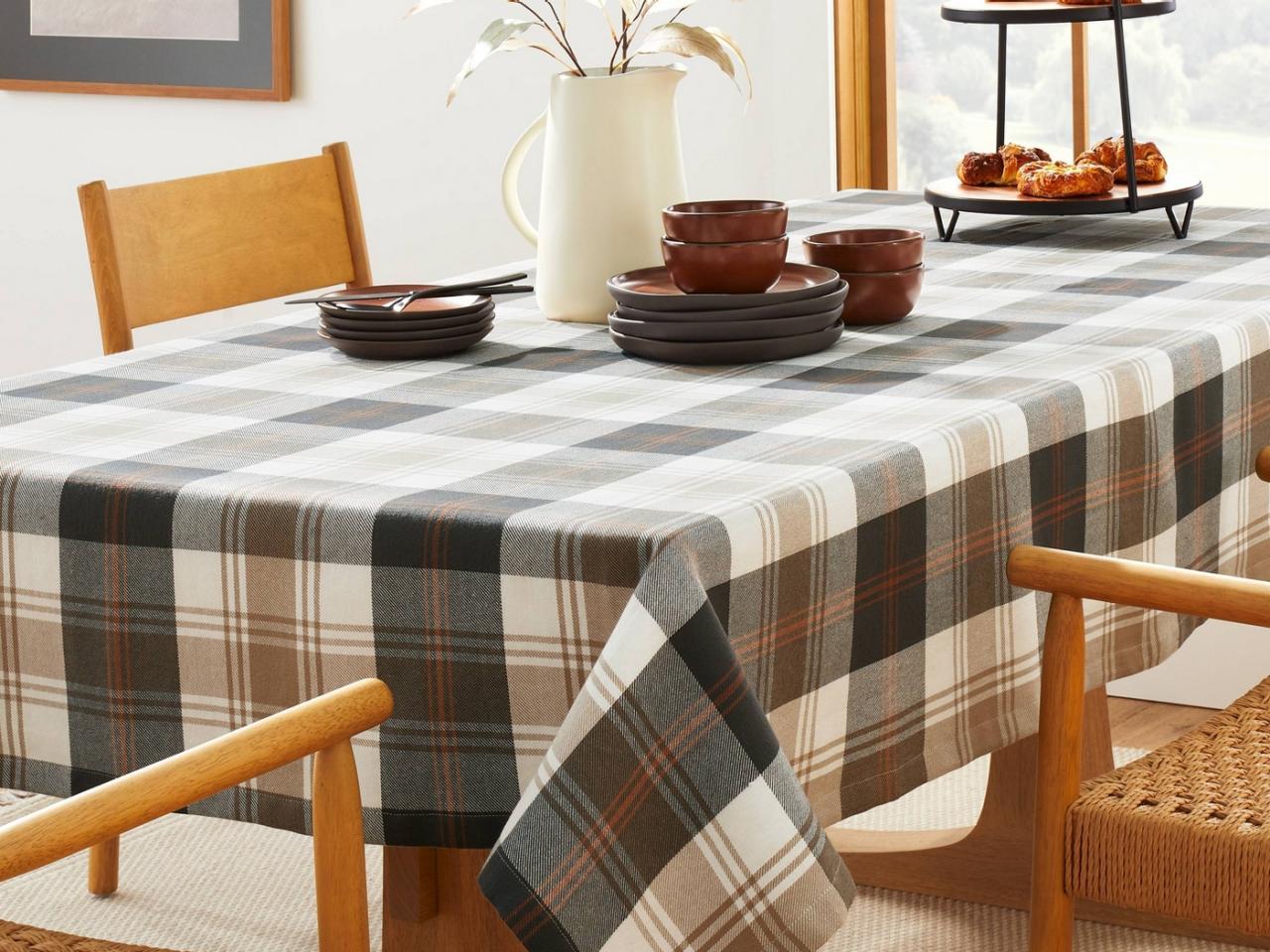
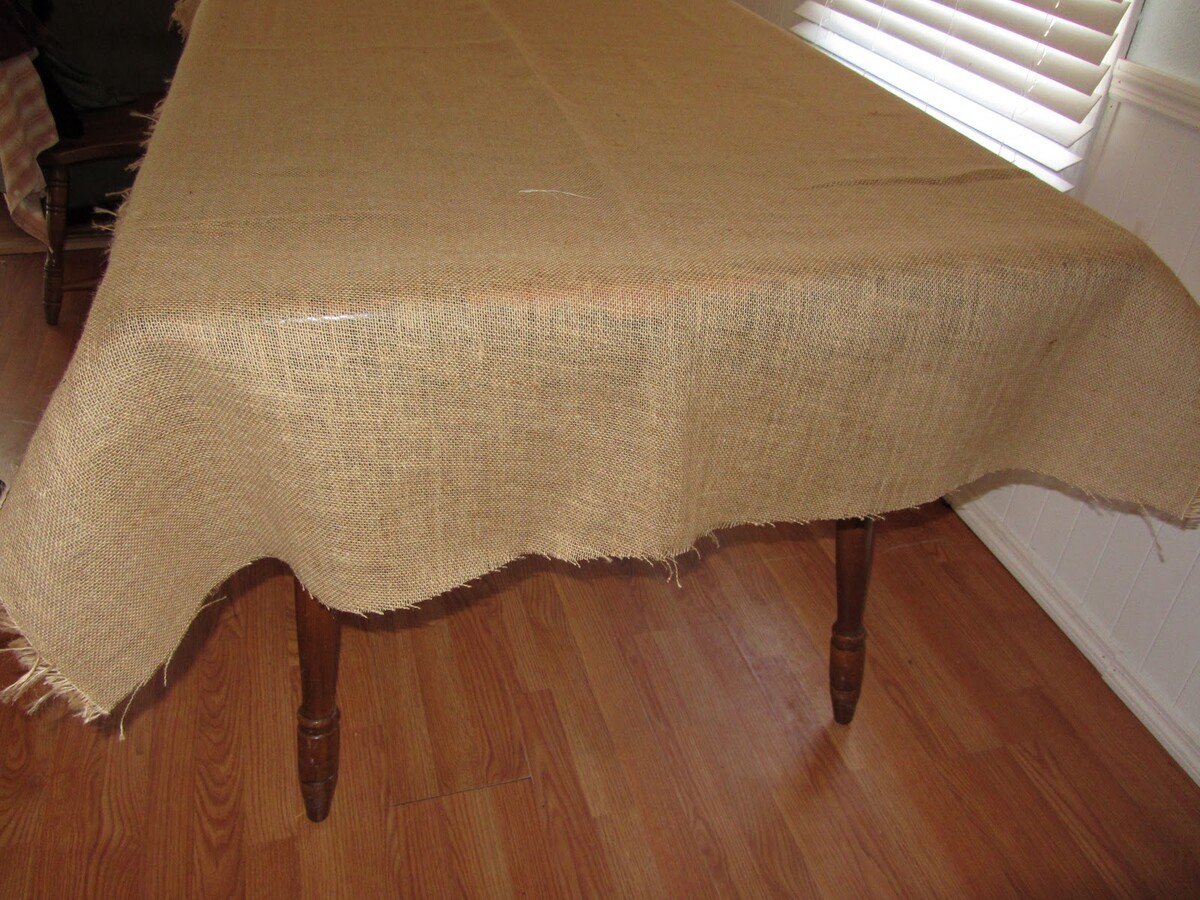

0 thoughts on “How To Store Linen Tablecloths”